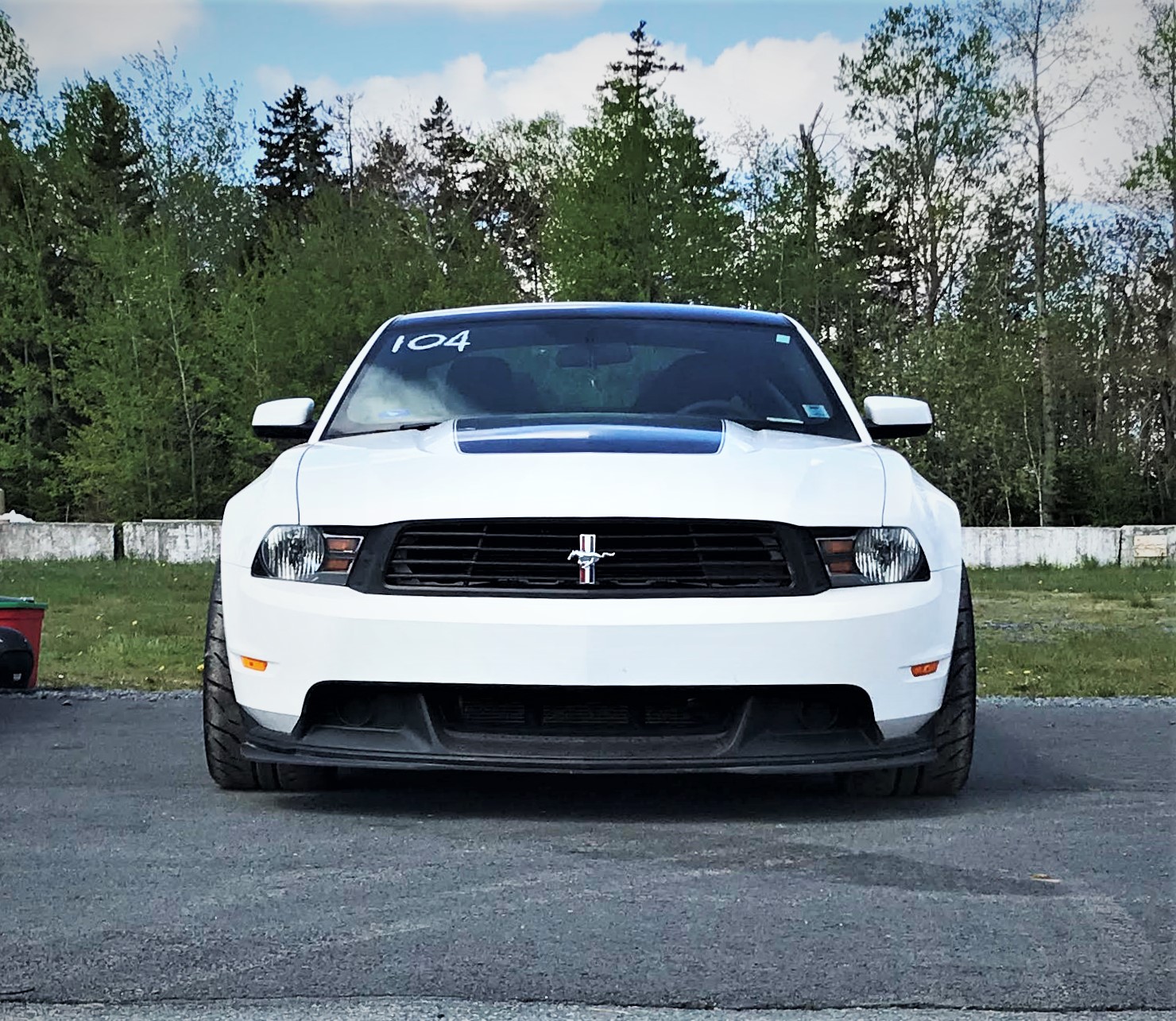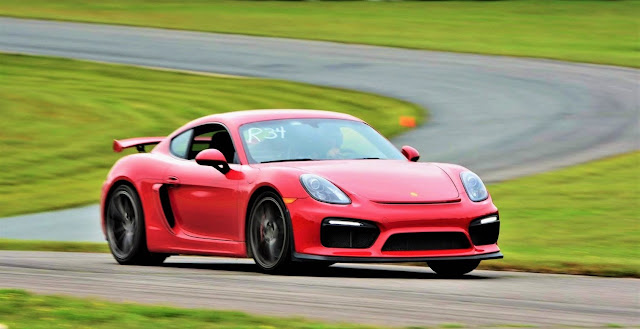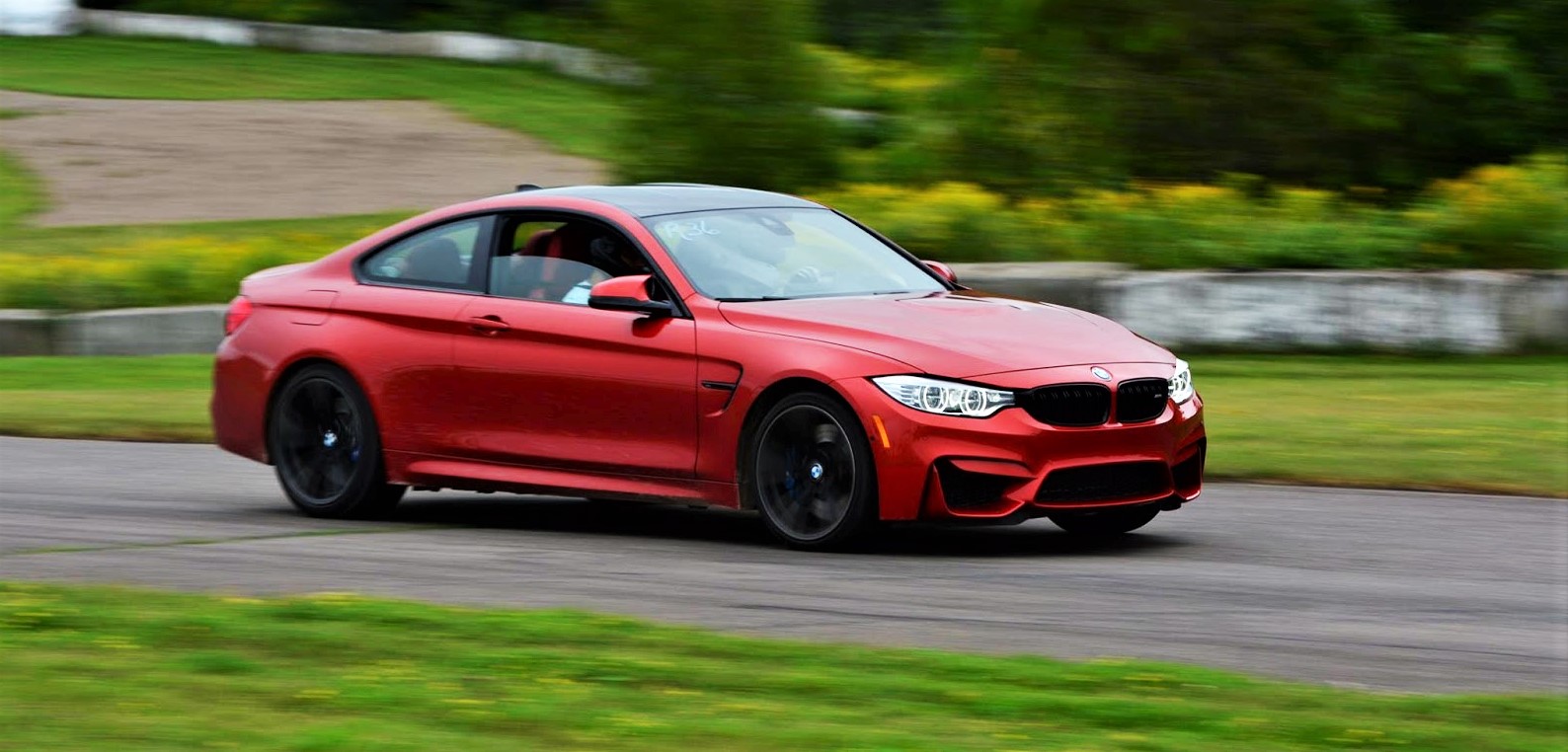"It pounces on corners, tracks flat through the apexes, and devours the straights with a burly snarl from the V-8. It laps up freeway kilometers at triple-digit speeds, the suspension digesting ripples and dips so thoroughly that the body remains almost inert. All the driver has to do is aim the 645 and it goes there. Fast." Sounds great, right? Absolutely, except for the fact that it isn't about this 640i. Keen BMW fans would probably be fast to note that this 640i doesn't even come with a V8. The above is fro m a review of a 645Ci that was published back in January 2004, 12 years ago. This new review , though, was.. let's be kind and say less flattering. As seems to be a pattern now for all BMW's, except the 2-series and M models, there's lots of disappointment. "Our car, equipped with BMW’s M Sport package, offered what seemed to be a slathering of faux sportiness." It only managed 0.86 g on Car and Driver's 300-ft
SADOKIST's (eSports Host) E46 BMW M3 GT3 Race Car - Kevin Doubleday © Over the years, I've found that limited slip diffs (LSD's) are some of the least appreciated performance parts you could get (or upgrade) for a car. LSD's make a big difference, though, because they can vastly improve how early you can get back on the power and, therefore, how good your corner exit is. That last bit is very important if you're driving on track and want to get a good lap. You don't have to just take my word for it, though. F1 royalty Sir Jackie Stewart puts an emphasis on the importance of corner exit. When Captain Slow was sent to him to cut 20 seconds off his lap time (Top Gear Season 8 - Episode 5), Sir Jackie told him: "the exit of the corner is FAR more important than the entry of the corner, with regards to smoothness." Sir Jackie Stewart coaching James May in a TVR Tuscan - Top Gear Season 8 Episode 5 You really need to nail the exit. And to get a










